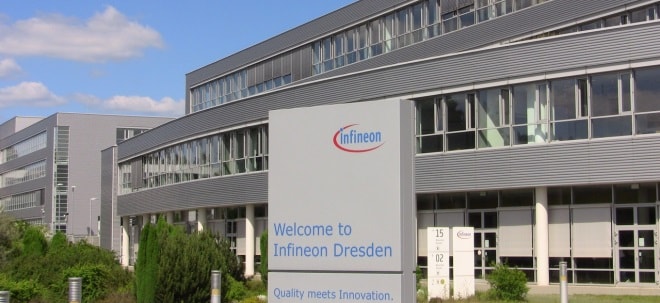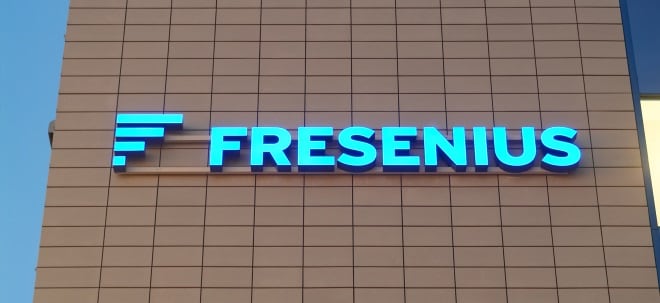>> Zur FDA-Meldung von amorphis:
Ich weiß noch nicht so recht, was ich davon halten soll. Die FDA will den Wettbewerb fördern. Das legt natürlich auch wieder fallende Preise nahe. Auch wenn diese Meldung wohl eher auf einzelne Medikamente (diejenigen ohne Wettbewerb) bezogen ist, so war es ja übergeordnet eigentlich auch das Ziel, die Zulassungen insgesamt zu beschleunigen. Trump wollte ja die Gesundheitskosten reduzieren.
In der Gesamtschau würde ich sagen, sollte es Teva - wenn man es denn NEGATIV für die Pharmakonzerne auslegt - wohl am wenigstens Treffen, als führenden Generika-Hersteller. Mal sehen. Für Teva dürften diese Absichten ja nichts Neues sein.
_________________________
>> Zu meiner Recherche in Sachen Covenants:
Ich konnte meine Frage zu den Covenants nun mehr oder weniger endgültig lösen, dank 10-Q Bericht:
https://d18rn0p25nwr6d.cloudfront.net/...c-4c18-abc3-d265f895a40f.pdf
Dort heißt es:
"... Our principal sources of short-term liquidity are our existing cash investments, liquid securities and available credit facilities, primarily our $3 billion
syndicated revolving line of credit, which was not utilized as of September 30, 2018, as well as internally generated funds, which we believe are sufficient to meet
our financial obligations in the ordinary course of business for at least twelve months. ..."
Das Stichwort ist hier "was not utilized". Jetzt verstehe ich auch, warum das im ConfCall nur am Rande besprochen wurde. Da die Kreditlinie wird/wurde nicht genutzt. Insoweit ist das Reißen der Kriterien auch kein Problem, weil nichts fällig werden kann. Man ist aber wie gesagt trotzdem dran, die Bedingungen neu zu verhandeln, um die Kreditlinie für den Fall der Fälle in der Schublade zu haben.
Leider gibt es den Bericht per 31.12.2018 noch nicht. Aber es ist m.E. nicht davon auszugehen, dass sich hier etwas geändert hat.
_________________________
>> Zum Cash-Flow:
Hier noch ein bisschen Input zu euren Cash-Flow-Überlegungen:
Wenn ich das richtig verstehe, ist 2019 (auch) von Verschiebungseffekten geprägt. Hierzu hieß es im ConfCall:
Aaron Gal Senior Analyst, Sanford C. Bernstein & Co. LLC
"And third, more on the financial side. You're kind of guiding to like $1.8 billion in free cash flow in 2019. This is I guess the bucket from which you pay your debt down. And I'm kind of wondering if that number, just given how much it's lower than 2018, includes any assumptions about paydown off some sort of penalties or fines from some of the existing investigation, or this is kind of like a pure business decline from which we have to start our 2020 projections?"
Michael McClellan Chief Financial Officer & Executive Vice President, Teva Pharmaceutical Industries Ltd.
"Yeah. So if we look at the difference between the $3.7 billion that we actually realized in 2018 and the – and say the $1.8 billion midpoint of the guidance, about $1 billion came off from special items that I mentioned earlier, the outlook and working capital and the Rimsa compensation.
Net income is down roughly $600 million to $700 million, so that drags. We will see less restructuring cash out. But we will have bonus payments in 2019 for the 2018 year, which we did not have in 2018 for the 2017 year.
But the thing that is probably abnormal, if you're looking for forward cash generation is, we do have a little bit of an overhang of all of the increase of rebates that have been happening. And in the second half of 2018, we'll have a little bit of a drag on the net receivables in 2019. So we'll have a $300 million to $400 million cash drag that should dissipate over the first couple quarters of 2019."
Man rechnet also damit, dass sich diese Verschiebungen wieder ausgleichen. Dann käme man wohl (bereinigt) in den Bereich 1,9-2,4.
Aktuell hat man ja noch knapp 1,8 Mrd. USD Cash. Also wenn die Prognosen konservativ sind, man ab 2020 tatsächlich wieder leicht wachsen kann, dann wären die 8,5 Mrd. die fällig werden m.E. zu stemmen - ohne Refinanzierung. 2022 dann durchatmen und 2023 mal schauen wer dann Präsident in den USA ist. |


 Thread abonnieren
Thread abonnieren

